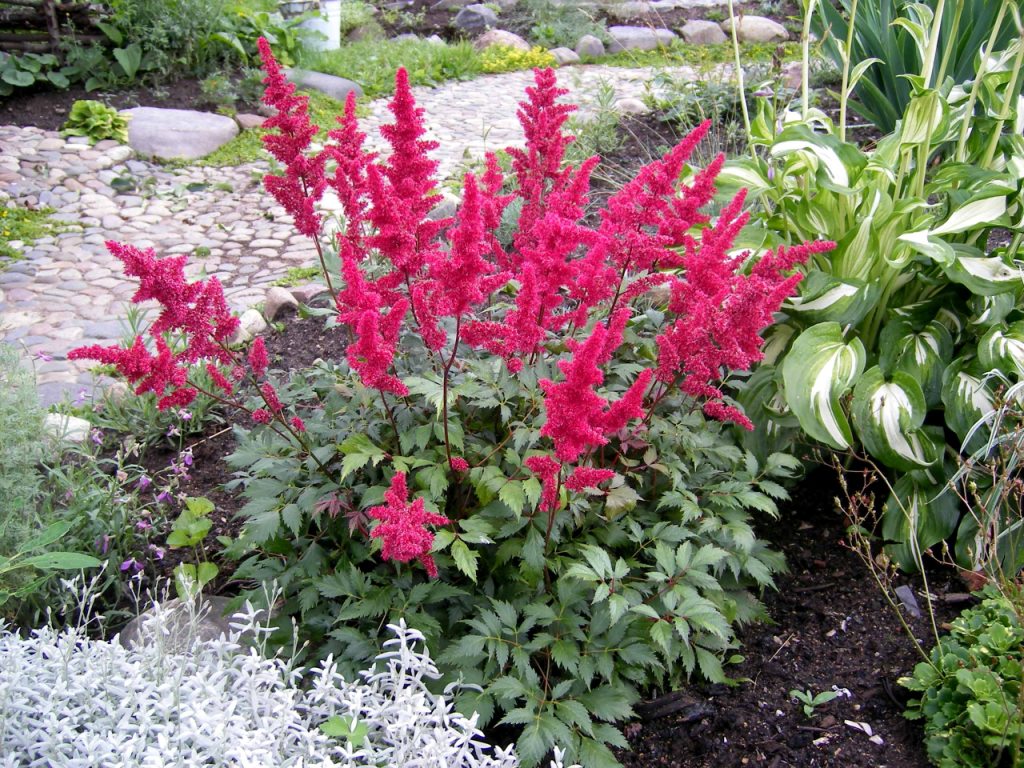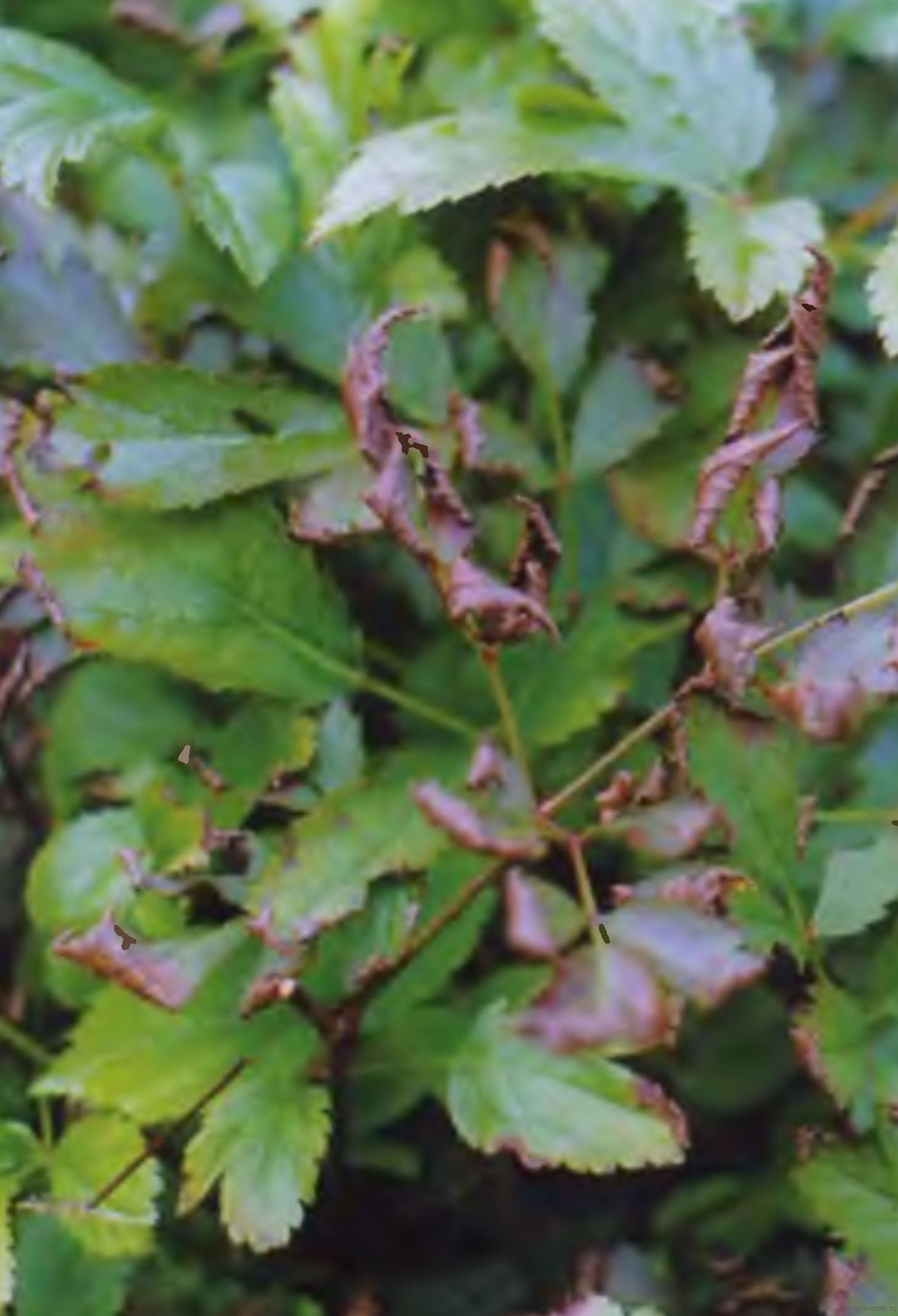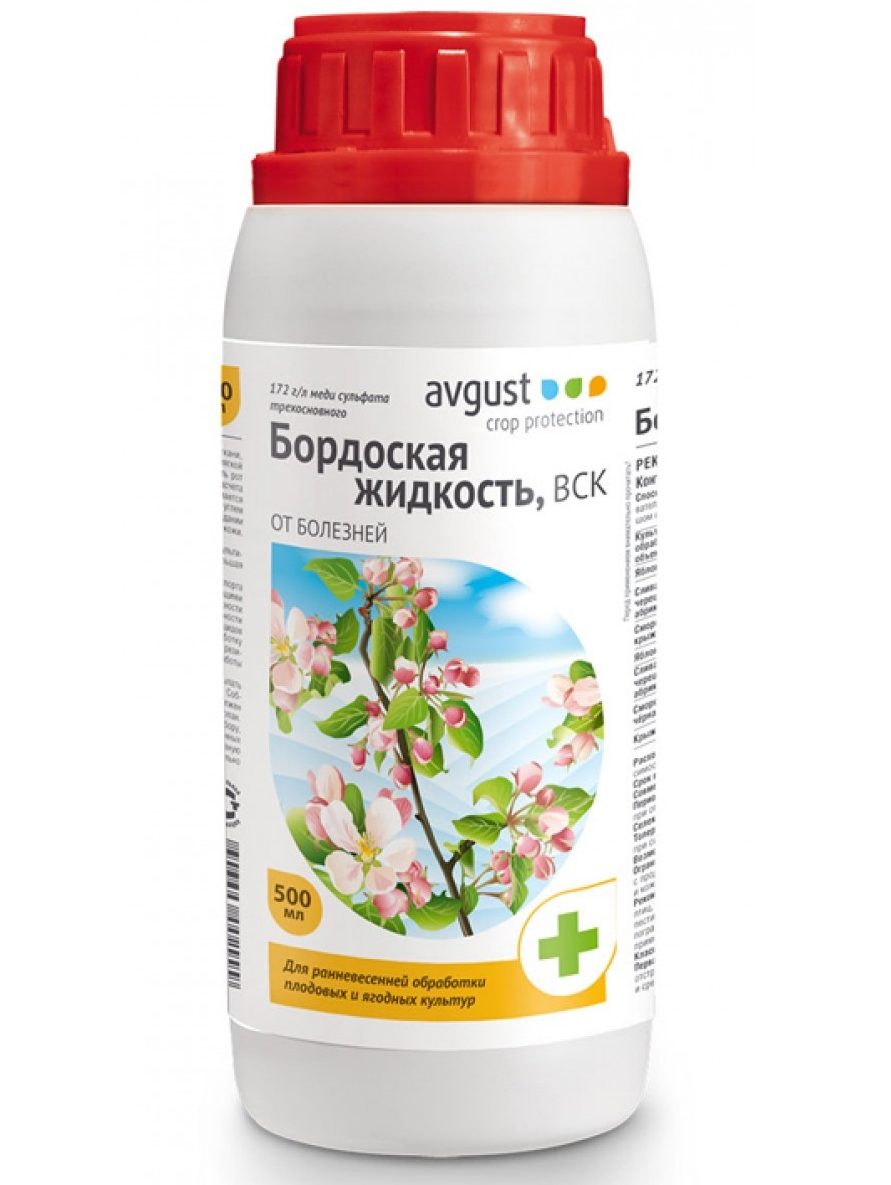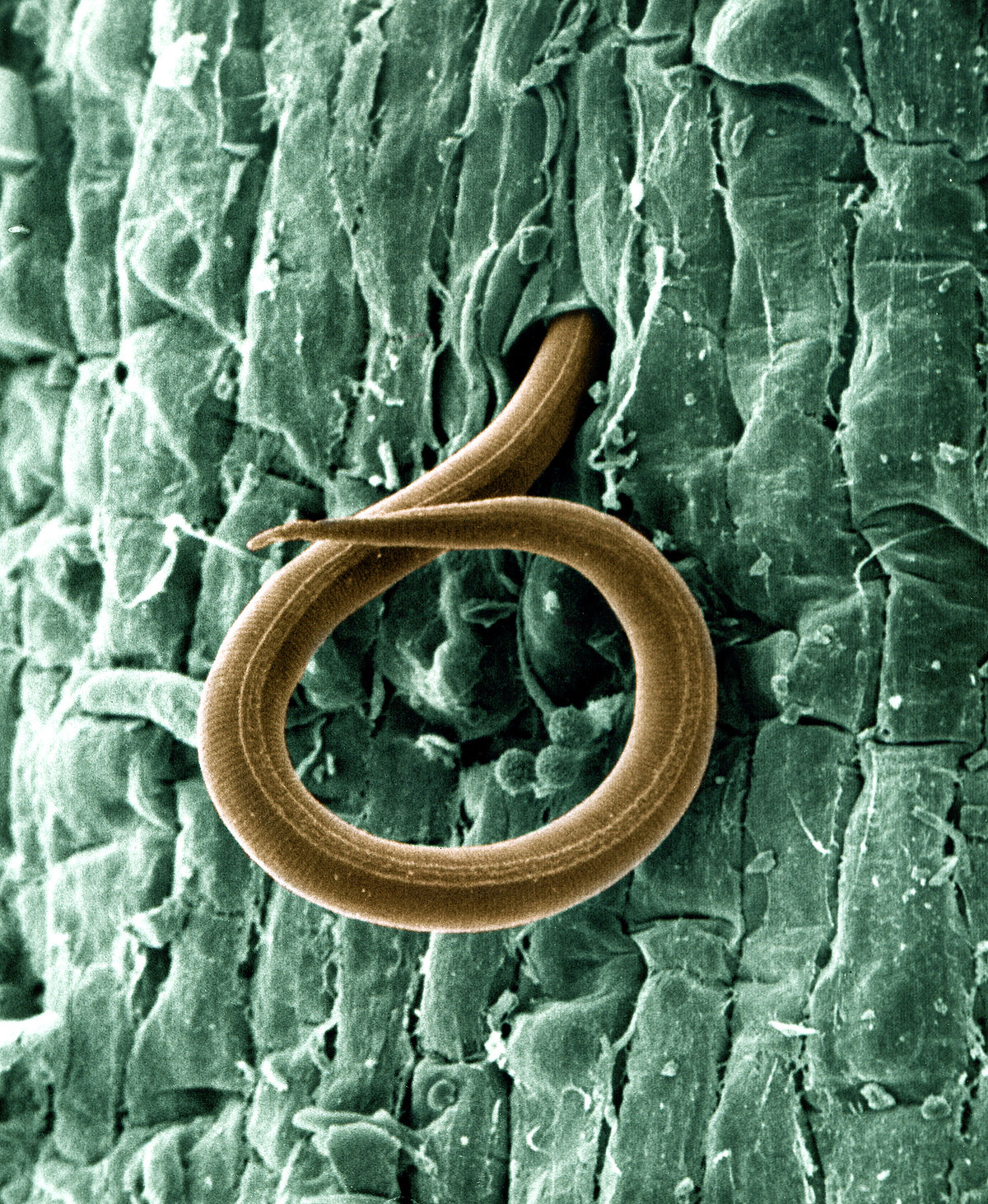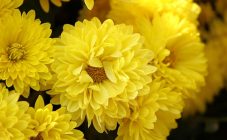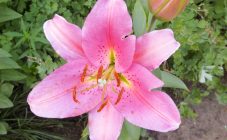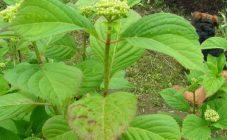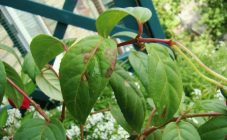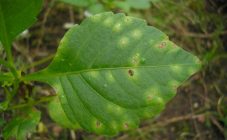Content:
The name "astilba" is familiar to many growers, both experienced and beginners. Astilba is considered a rather capricious plant due to the fact that it is quite susceptible to disease. Proper care will help to cope with diseases that shorten the life of the plant. You can also use industrial preparations and proven folk remedies. The main thing is to identify the cause of the disease. Then it will be much easier to help the plant. Astilba diseases are surprisingly diverse.
Signs of astilba diseases. Possible reasons
Astilba is a perennial plant with paniculate inflorescences, which is actively used in landscape design. It also has medicinal properties and has been used in oriental folk medicine for a long time. In July-August, it can become the main decoration of the garden. A healthy plant looks beautiful and blooms luxuriantly. However, when growing astilba, various problems often arise. If astilbe grows in the garden, the diseases and treatment of this plant should certainly worry the grower.
You can understand that astilba is sick by the following signs:
- Yellowing of foliage. If one or two leaves turn yellow, this is not scary, but massive yellowing can lead to the death of the plant;
- Drying and deformation of foliage, inflorescences, stem. Most often, the leaves roll up into a tube, and the stem becomes thinner;
- Lack of intensive growth;
- Poor bloom or no flowers at all. Flowers may disappear only for one season, and reappear the next year. However, there are times when astilba flowers do not bloom for several years in a row. If you do not pay attention to this, the plant soon weakens and dies.
There are many answers to the question of why astilbe dries and does not bloom, turns yellow or withers.
An experienced florist knows that each astilba leaf, with a color change, can signal the onset of a dangerous disease. The question why the leaves of astilba turn yellow is quite simple to answer. When the leaves of a plant suddenly turn yellow sharply, this may be due to a lack of nutrients in the soil, since astilba is quite demanding on the chemical composition of the soil. In this case, it is recommended to increase the feeding.
Novice flower growers often cannot understand why astilba dries up. It is easy to diagnose the cause of foliage drying by visual inspection of the root. Drying and deformation of individual parts of the plant signal about mechanical damage to the root system or that the roots of the flower are affected by a fungus (virus, pests). The presence of pests is detected by visual inspection. A careful examination will immediately help to understand why the leaves of astilba are drying.
It happens that astilba does not grow at all. This is possible if an inexperienced florist has acquired a dwarf variety of a flower, as well as if the plant is grown in unfavorable climatic conditions (for example, a non-zoned variety grows on the site). Also, the question of why astilbe does not grow can be answered like this: with an unsuccessful planting in open ground, the flower did not adapt well.If astilbe grows poorly, specialized literature with a description of a particular variety will tell you what to do, since different varieties have different agricultural techniques.
Poor flowering or its complete absence occurs most often in cases where the flower suffers from viral (fungal) infections or is affected by pests. Identifying a parasite is much easier than diagnosing a viral or bacterial disease. When astilbe does not bloom, the cause can be established using soil analysis: the analysis will show the presence of harmful bacteria and traces of parasites in the soil. However, such an examination is quite expensive, so experienced gardeners try to determine the cause of the disease on their own.
The main diseases of astilba
Recently, new, artificially bred varieties of astilba have appeared that are resistant to diseases and pests. However, even strong immunity does not guarantee that the flower will not get sick. Plants that are initially weakened or grown in an unsuitable climate are especially often sick. Here are the main diseases that this perennial flower can suffer from:
- root rot. It begins with mechanical damage to the root system or as a result of excessive soil moisture. If this syndrome has affected only a small part of the root, disinfectants will save the situation;
- mottled mosaic of leaves. A viral disease in which the leaves become mottled, curled and deformed. The spots can be either along the edges, in the form of a rim, or in the center of the leaf. If the mosaic is left untreated, the plant may dry out on the root;
- bacterial spotting. One of the most dangerous diseases. It is dangerous with its rapid development: suddenly large black spots appear on the leaves, the plant begins to dry;
- phytoplasmic infections. They do not appear on their own, usually gardeners buy an already infected flower. The main danger of these infections is that they do not appear immediately. Therefore, when buying a flower from private owners, and not in a nursery, it is difficult to find out if it is healthy.
However, despite the rather serious diseases that astilba can undergo, experts say: if the plant is grown in proper conditions, in compliance with the recommended agricultural practices, the flower will in most cases have good immunity.
What to do if Astilba leaves dry
When the flower is sick, there is no time to waste. An urgent need to start the fight against the causative agent of the disease. Sprays are usually used to treat a flower. You can spray the plant from a hand-made spray bottle at home. Any container from shampoo, liquid soap or detergent with a dispenser can be turned into a convenient spray bottle. You can also purchase a sprayer from your gardening store. The following preparations can be used to treat plants from viral, fungal and bacterial infections:
- Bordeaux liquid - a proven remedy for any fungal infections;
- preparations containing a high concentration of copper - help stop the rapid spread of bacterial rot;
- a weak solution of potassium permanganate - used to disinfect roots that have begun to rot;
- industrial insecticides to combat diseases caused by the vital activity of harmful insects.
To prevent infections and to control pests, you can periodically sprinkle the soil around the flower with ash. Ash is not only an excellent disinfectant and disinfestation agent, but also an excellent mineral fertilizer containing a high concentration of potassium - an element necessary for intensive flowering.
If the flower is occupied by insects, tobacco fumigation will also help to cope with them. Astilba normally tolerates tobacco smoke, so you can periodically expose the flower to this procedure.For fumigation, dried leaves of tobacco (purchased or growing on the site), ground into dust, are used.
To combat diseases caused by the vital activity of bacteria, spraying with copper or iron sulfate is most often used.
Pest control methods
If other pest-infested flowers grow on the site, dangerous parasites can easily move to astilba. Most often, this plant is occupied by pests such as:
- the slobbering penny is an insect resembling a grasshopper. Adults are light brown in color. Like the potato pest, the Colorado potato beetle, it lays its eggs on foliage, both on the outside and on the inside. Since the insect surrounds itself and its larvae with thick sticky foam (hence the name), spraying is often not effective enough. The best method of dealing with the penny is to inspect the plant and collect the larvae in a container, followed by burning. However, it is not easy to catch this insect: like a locust, it quickly moves its legs and wings;
- strawberry nematode. This worm often occupies astilba if it grows in the vicinity of strawberries (victoria, garden strawberries). The nematoda has a strong immunity to industrial drugs and multiplies quickly, therefore, the affected astilbe bushes must be urgently dug up and burned outside the site;
- root knot nematode is a worm that parasitizes the roots of a flower. If the summer resident noticed the rootworm nematode in time, while it has not yet had time to reproduce, a small population can be destroyed by spraying. However, with a massive defeat of flower shoots, the only way to neutralize the pest is to dig up and burn the bush. You need to act quickly, since the population of these pests is growing very quickly. If the leaves of a flower are curled, the plant must be checked for the presence of a root nematode;
- leaf aphid. Tobacco fumigations are best for aphid control.
The most dangerous pest is considered to be a nematode of various types due to its active reproduction.
The easiest way to carry out manual collection of insects is as follows: place a wide plastic bowl or a large enamel bowl under the flower and gently, in turn, shake each stem with one hand, with the other hand shaking off the insects into the vessel. After that, everything that was collected is burned outside the site. Some growers throw insects into a bottle filled with some kind of liquid, keep them there for several days, and then pour out this liquid. This is not worth doing: firstly, the parasites are quite tenacious, and secondly, dead and decomposed insects can infect the soil with dangerous bacteria.
Preventive measures
You should not wait for the plant to get sick: timely prevention is very important in caring for astilba. Below is a list of the most effective measures to prevent dangerous diseases:
- purchase planting material only in specialized nurseries;
- burn any parts of the flower affected by diseases or pests;
- regularly inspect the plants, you should be especially careful during the flowering period;
- do not plant astilba in the same place for a long time;
- do not plant a flower next to other flowers or horticultural crops affected by diseases and pests.
Observing these preventive measures, even a novice florist will be able to grow a healthy and strong plant that has strong immunity.
It should be borne in mind that many pests that parasitize garden and berry crops can freely move to astilba, and from it to other plants.The same goes for viral and bacterial diseases. It should also be remembered that bacteria and viruses that are dangerous to astilba can enter the soil with manure, compost or peat. It is advisable to purchase these fertilizers in proven places. If you follow basic disease prevention measures, you can avoid many troubles.
Astilba is a beautiful flower that is deservedly popular with domestic summer residents. However, during the care of the color, special attention should be paid to the fight against dangerous diseases and pests.
